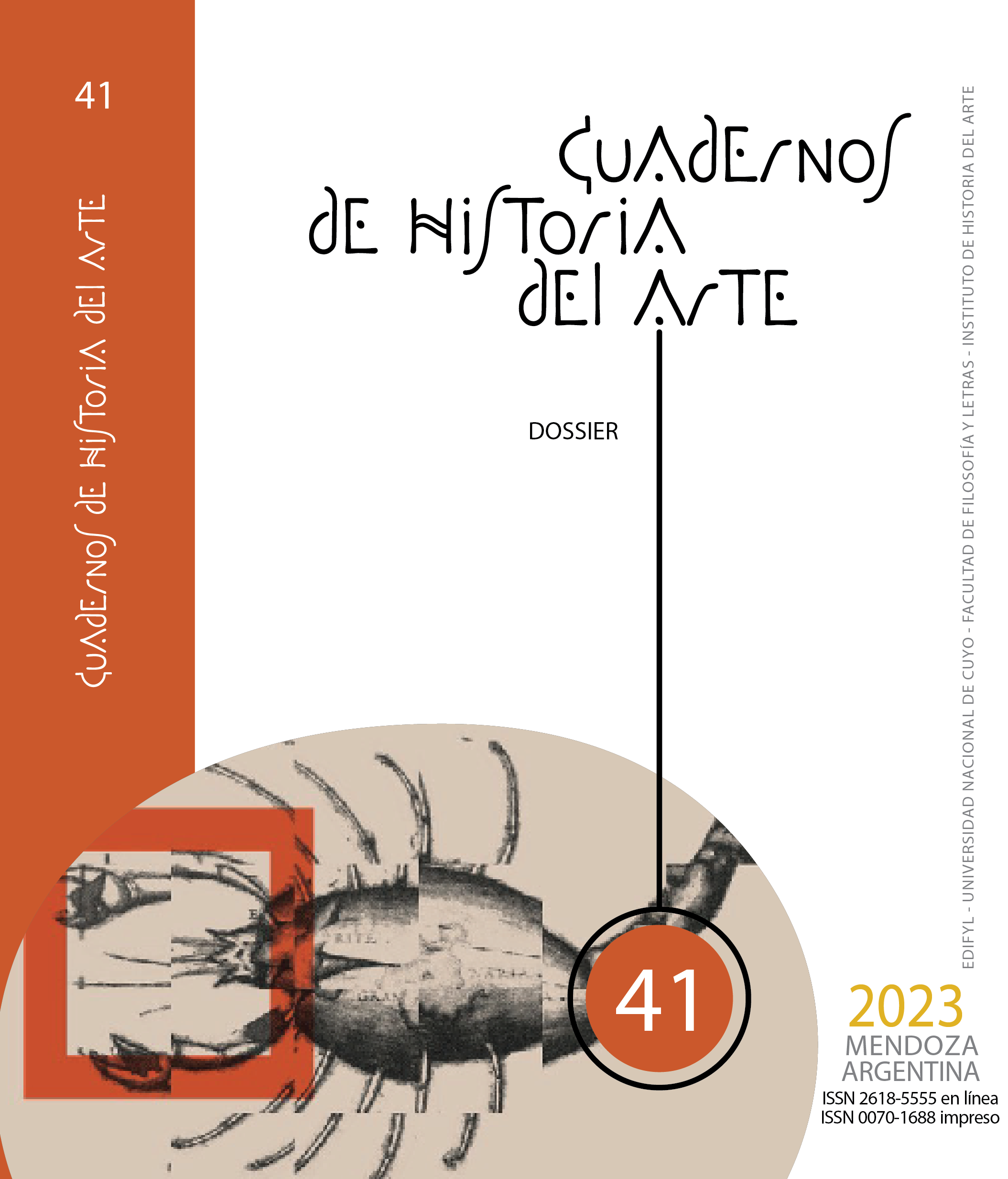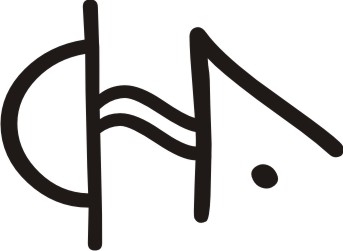Anthropological profile of the work of art. Raúl Domínguez and Fidel Roig Matons
DOI:
https://doi.org/10.48162/rev.45.010Keywords:
art, culture, image, anthropologyAbstract
Considering the figurative representation of the image as a mental category with its own history, which reflects and allows us to interpret the culture of a society, we will study the work of two artists who have lived with different communities in Argentina to carry out not only a survey of objects, productions, habits, customs, but also an authentic interpretation of culture through the communities’ institutions and their functions, developing a true visual narrative.
We will dwell on some works by Fidel Roig Matons (1887-1977) who has portrayed the inhabitants of the Lagunas and their customs. We will also focus on the work of Raúl Dominguez (1918-1999) who has painted the inhabitants of the Paraná islands. Both artists settled in those communities to transmit their values, customs, and mentalities. In both cases, these societies maintain a close relationship with nature.
We consider that it is an analogous approach to that of anthropologists, which is related to the intangible aspects of a culture revealed by the artist. We wonder what the anthropological profile of the work of art would be.
References
Argan, Giulio Carlo. Storia dell’arte italiana Vol.II, Da Giotto a Leonardo. Milano: Sansoni, 20023.AA.VV., Guanacache. Fidel Roig Matóns, el pintor del desierto. Colección Artes y Partes. EDIUNC: Mendoza, 20192.
Belting, Hans. An Anthropology of images. Princeton: Princeton University Press, 2011.
Burke, Peter.What is Cultural History. Cambridge: Polity, 2008.
Bohannan, Paul – Glazer, Mark. High Points in Anthropology. New York: Alfred Knopf, 1988.
Calderón Archina, Aldana. “Reparación histórica y municipalización: el caso de la comunidad Huarpe de Guanacache, San Luis-Argentina”, Estudios en antropología social- Nueva serie-1(2) (2016). CONICET_Digital_Nro.b57c1de9-a833-4a52-9951-cf1966ee923efA.pdf
Cassirer, Ernst. Saggio sull’uomo. Roma: Armando Editore, 2009.
Cepeda, Gabriel. 2018. “Baigorria, territorio chaná”. Acceso 24 septiembre 2023. https://elurbanodigital.com /baigorria/item/5852-baigorria-territorio-chana.
Ceri Via, Claudia. Nei dettagli nascosto. Carocci: Roma, 2009.
Domínguez, Martín Raúl. “El artista que la ciudad olvidó”, entrevista por Alvaro Marocco, https://www.lacapital.com.ar/cultura-y-libros/el-artista-que-la-ciudad-olvido-n1570265.html
Figueira, José Joaquín y Rodríguez de Figueira Dyothimen N., B.B.A.A. Boletín Bibliográfico de Antropología Americana 23-25, no.2 (1960): 23-29. https://www.jstor.org/stable/40974366.
Kahn, J.S.. El concepto de cultura: textos fundamentales.Barcelona: Editorial Anagrama, 1975.
Kubler, George.The shape of time. Remarks on the History of Things. New Haven-London: Yale University Press,1962.
Tylor, Edward Burnett.Primitive Culture, Vol I. London: John Murray,1920.
Downloads
Published
How to Cite
Issue
Section
License
Copyright (c) 2023 Maria Cristina Dawson

This work is licensed under a Creative Commons Attribution-NonCommercial-ShareAlike 3.0 Unported License.
Los artículos enviados al Comité Editor del Instituto de Historia del Arte, para ser publicados, los autores reservan su derecho de propiedad, pero otorgan a la Editorial los derechos de impresión y aceptan la difusión tanto en papel, como en internet y en aquellos sitios virtuales de las cuales los CHA formen parte.

Esta obra está bajo una Licencia Creative Commons Atribución-NoComercial-CompartirIgual 3.0 No portada



















_00.07_.55_2.png)




